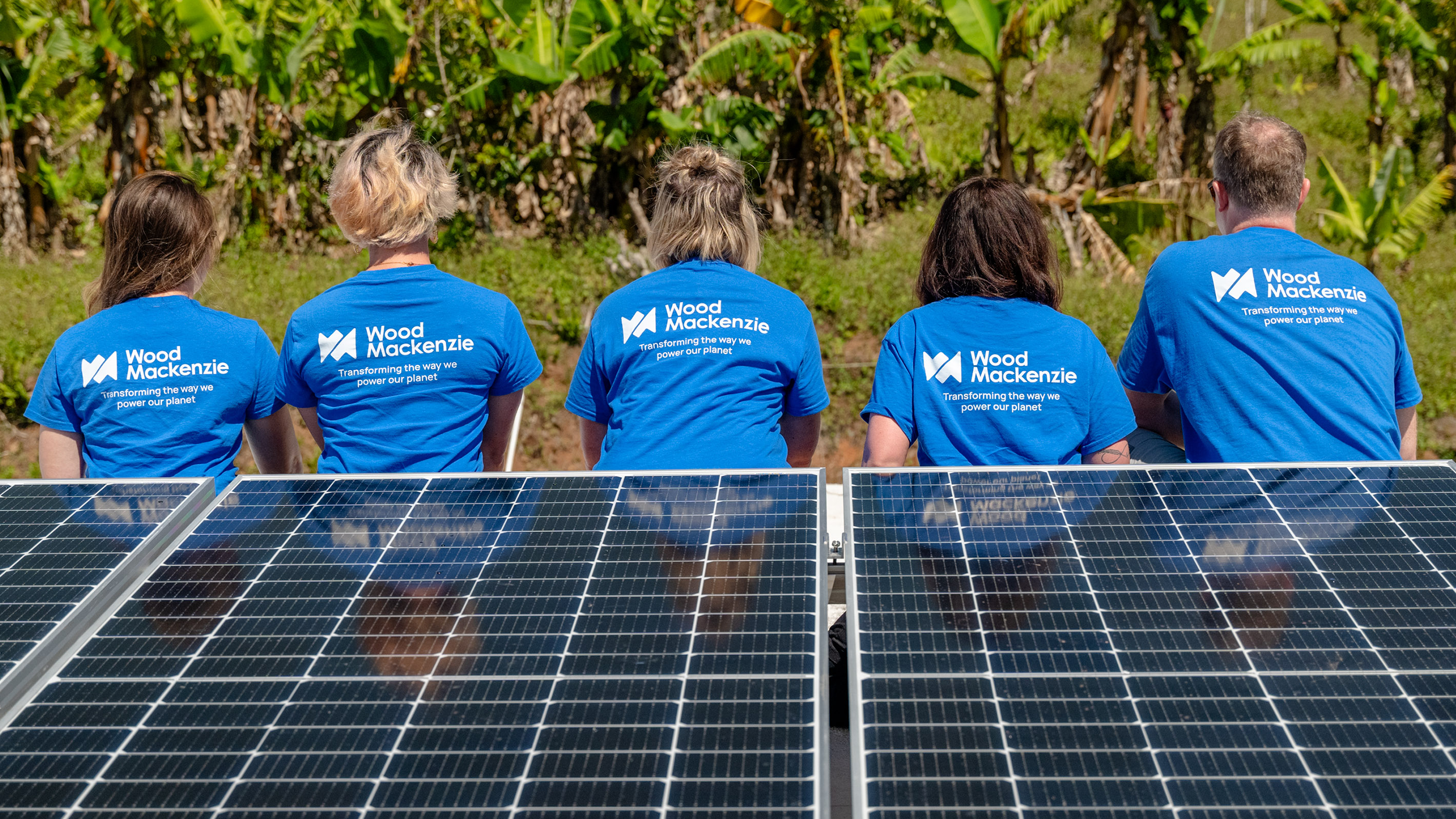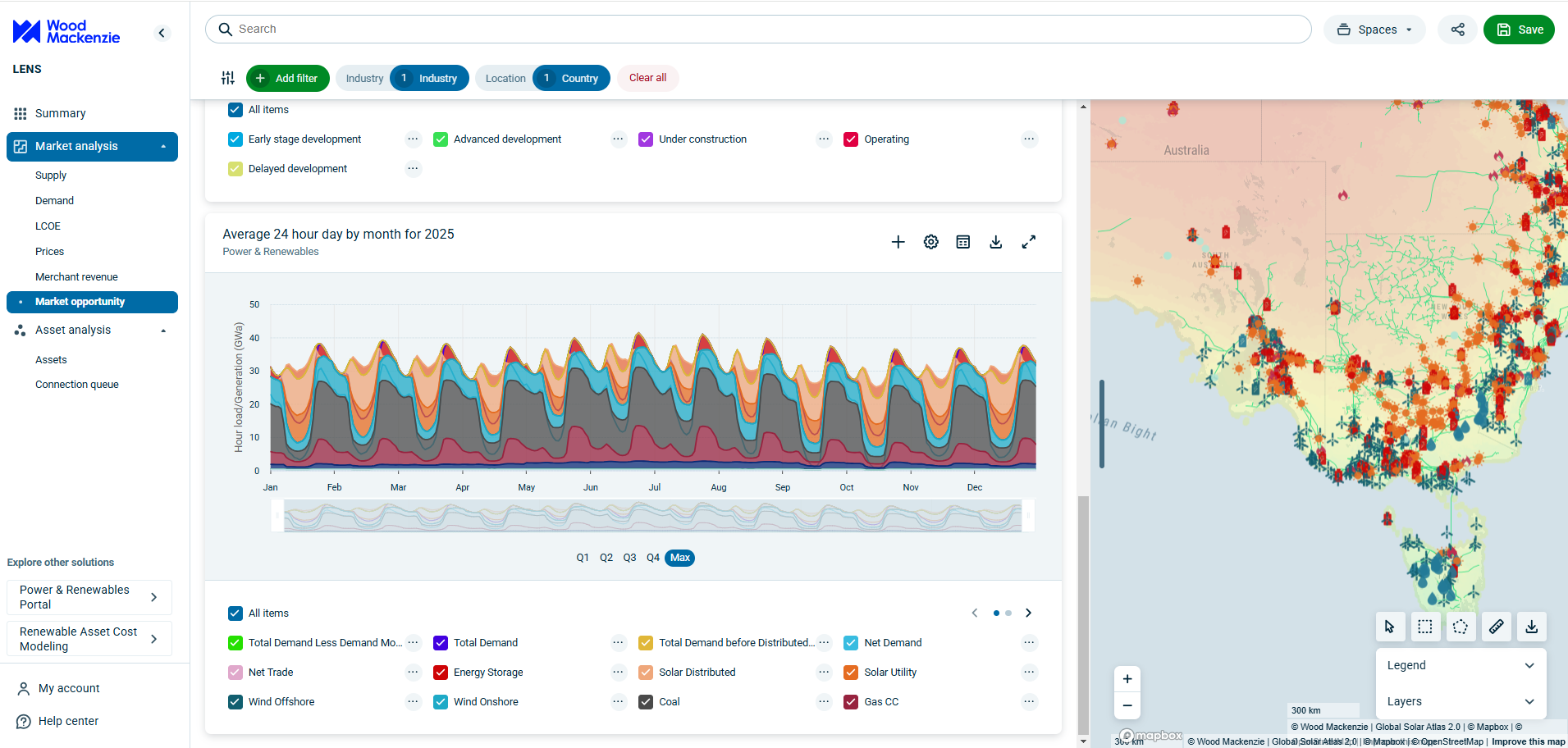Discuss your challenges with our solutions experts
Wind Farms are blowing up congestion in Midwestern electricity markets
1 minute read
Authors: Rebecca Miller , Power Market Analyst and Alexander Miltenberg , Power Market Analyst
As total US installed wind capacity approaches 100 gigawatts (GW), more than 40% remains concentrated in Midwestern states. Significant wind generation levels impact operations in both the Mid-Continent Independent System Operator (MISO) and the Southwest Power Pool (SPP), the two competitive electricity markets that make up the region. In April 2019, SPP set the record for wind penetration, with 66.5% of power in the region supplied by wind. As installed wind capacity continues to climb, both markets expect to see more wind generation come online in the next few years. As a result, asset owners in the Midwestern electricity markets must maintain awareness of the impact new wind builds can have on both the marginal energy cost of power at their generators and the congestion on surrounding transmission lines.
Figure 1: Wood Mackenzie data shows installed wind capacity versus constraint frequency from 2013-17
Congestion, defined as a situation in which power flow is limited across a power line due to insufficient transmission capacity, grew more frequent with the rise in wind capacity. Congestion over a particular line results in a constraint in which generators on the source side receive lower costs to incentivise them to produce less power. In contrast, generators downstream of a constraint are priced up to encourage increased production. In 2018, 32 of the 50 most impactful transmission constraints in MISO and SPP were driven by regional wind strength. Many of these constraints were driven by power from wind farms in the sparsely populated western portions of the region flowing east to more densely populated load centres. These flow patterns often result in congestion that affects the price of generators in multiple energy markets across the Eastern Interconnection, requiring owners of wind farms and thermal units to remain aware of trends in neighbouring markets.
Many power producers are positioned on the source side of common constraints on windy days as wind power threatens to overload surrounding transmission lines, lowering the cost of each megawatt of energy sold by that generator. Figure 2 illustrates the increasingly negative marginal congestion costs at a coal unit in Iowa near several wind farms. As growing wind capacity drives stronger, more frequent congestion, the price for power at this unit becomes increasingly unfavourable.
Transmission upgrades in the first half of 2019 mitigated some of the more extreme congestion impacts from growing wind production in the Midwest. In MISO specifically, new or upgraded transmission lines significantly reduced risk for 13 of last year’s most impactful constraints. This year, both markets saw reductions in congestion intensity as the transmission system adapted to the changing generation landscape. While infrastructure upgrades improve the efficiency of both markets in their current state, wind capacity continues to grow by several gigawatts per year in the region, promising new congestion risks for units in MISO and SPP. This pattern of transmission upgrades chasing wind builds is an ongoing saga in both markets.
Figure 2: Wood Mackenzie data shows the marginal congestion costs at the Iowa coal generator from January 2016-19
By mid-2020, MISO expects to install another 3.7GW of wind generation. Illinois, in particular, will see more than 1GW of new wind generation in the next year. Newly constructed wind farms, like Broadlands and Green River, are expected to push power east toward Indiana, aggravating congestion on the 345kV system between the two states.
Just like its eastern neighbour, SPP is adding wind farms at a record pace. A new wind farm of nearly 200 MW, Prairie Queen, is expected to initiate commercial operation after this year in eastern Kansas. This new injection of power in eastern Kansas will likely aggravate west-east power flow between the SPP and MISO, including one of SPP's most common constraints, Neosho - Riverton. Power market analysts on Wood Mackenzie’s SPP desk expect the new wind farm to significantly increase the frequency and magnitude of congestion along this pathway, agitating an already highly congested area.
With wind capacity continuing to climb in the Midwest, energy market participants are increasingly exposed to energy price fluctuation from dynamic power flow patterns that result from a changing generation landscape. As renewable penetration continues to grow, there is ample opportunity to
benefit from or hedge against wind-driven congestion in both MISO and SPP by understanding the power flow and economic impacts of new wind developments in the Midwest. Learn how Wood Mackenzie’s PowerIQ service provides insight into power market changes to keep you ahead.







